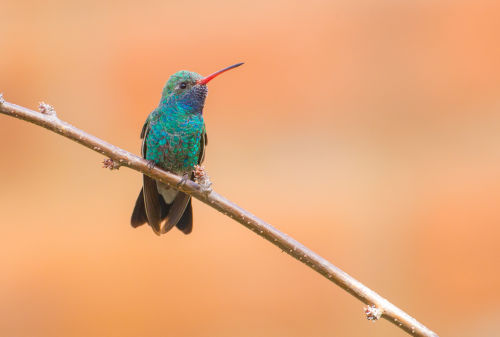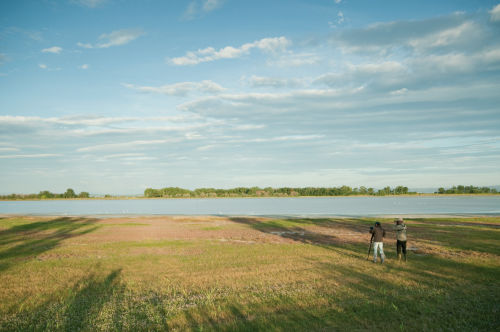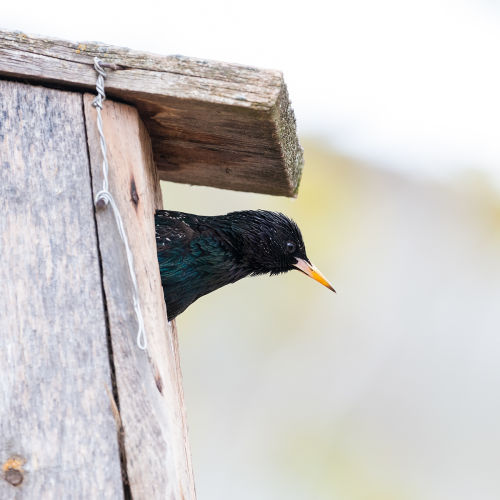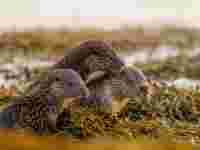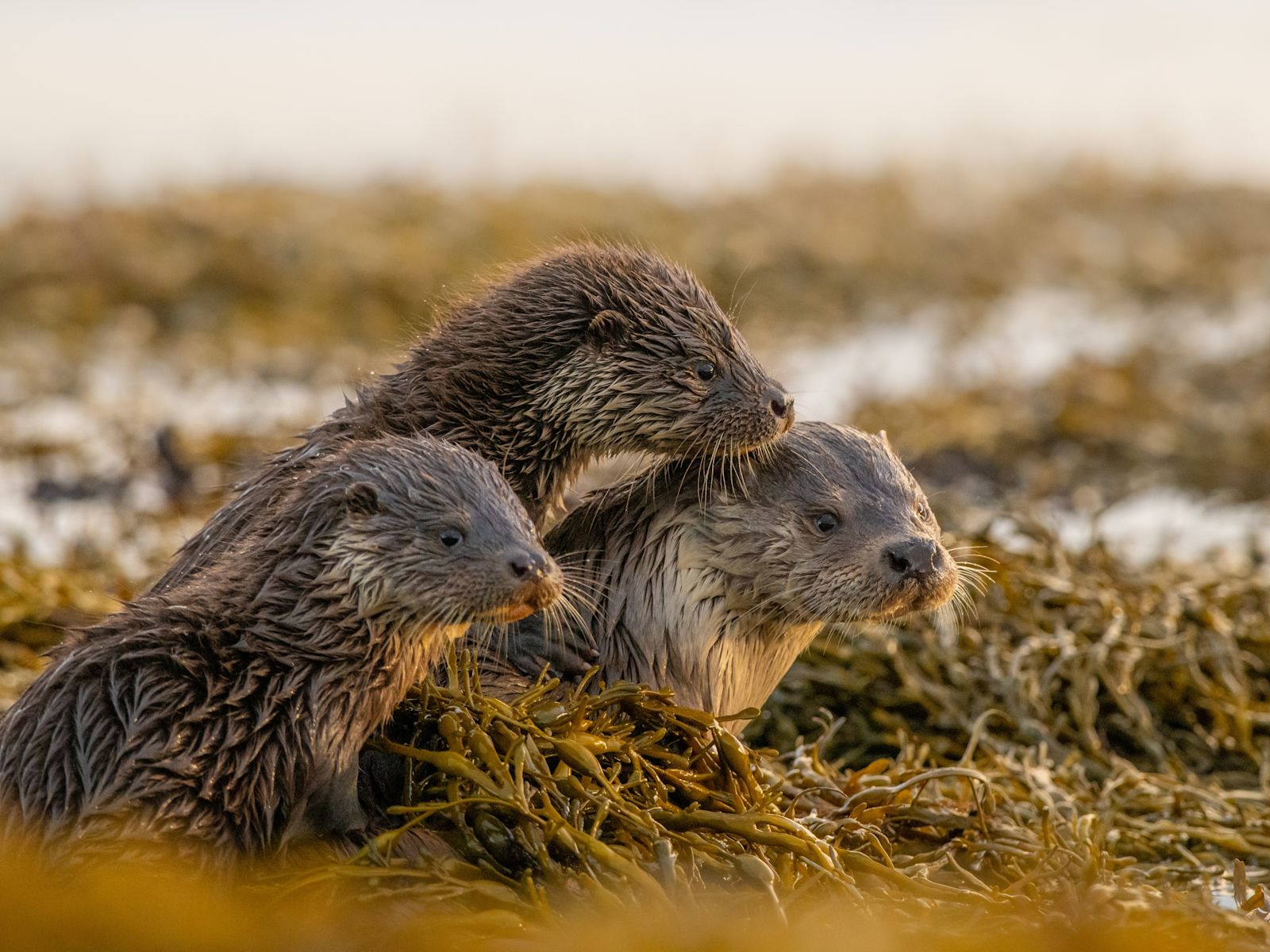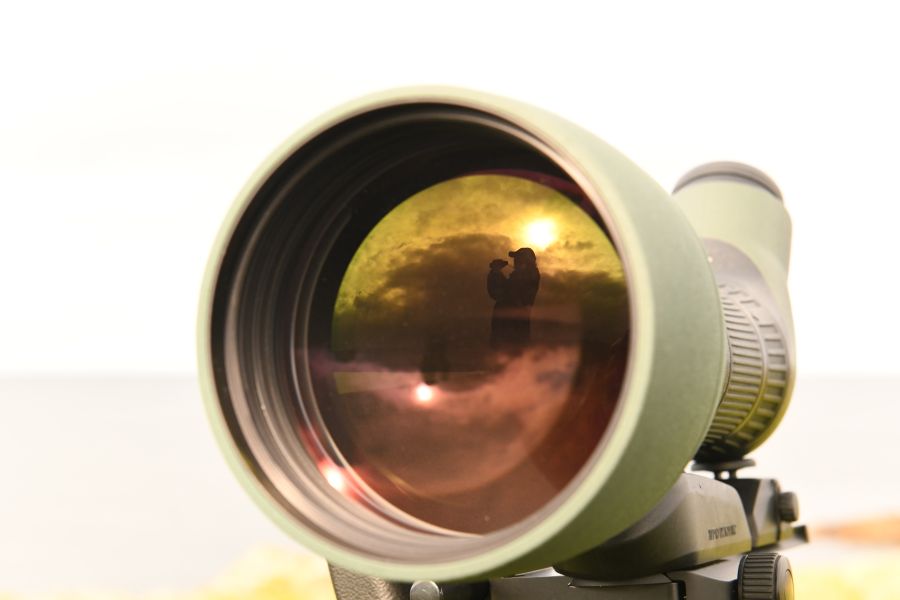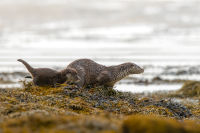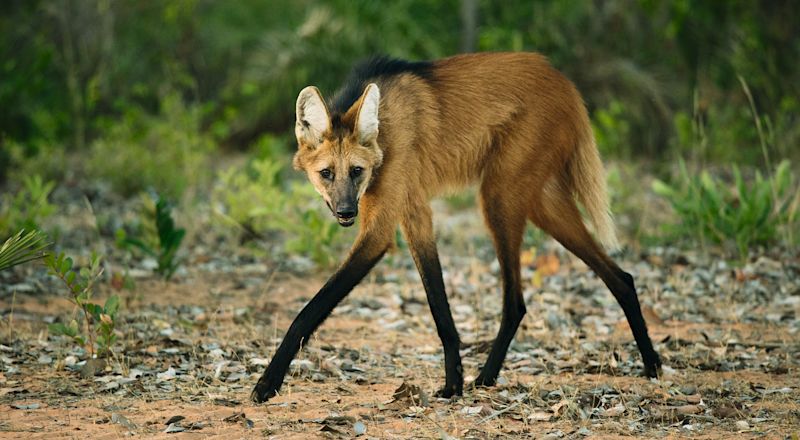The Shetland Islands are home to the highest known density of the Eurasian Otter. Due to this, the islands are widely regarded the best place to study this charismatic species. Having adapted to thrive in our remote coastal environment, through the seasons they live fascinating lives. It is a privilege to spend my working life with them.
filmed by Richard Shucksmith
A special day in the field
Regular monitoring their movements and behavior is important. Knowing the breeding cycle of one particular female I monitor, in August 2020 I was expecting her to be expecting to be nursing young, infant cubs. Visiting the site for the first time in a month was the ideal opportunity to experience and enjoy the benefits of the new 115-mm objective module. This is one of the greatest joys of my work- being able to recognize individual otters in their own ranges and following their lives year after, particularly as they raise new families.
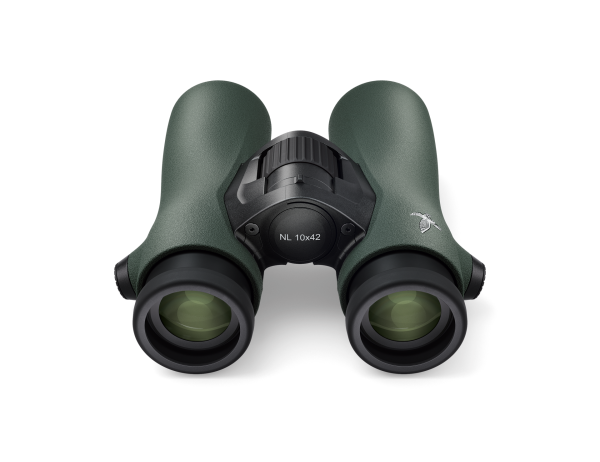
Firstly:
scan the area for movement
On arrival, scanning the beautiful wide-open shore that sweeps around the bay, I was able to scan her whole chore range. Before setting up the scope, a scan of the shore with my NL Pure binoculars, with their extra large field of view offering me the perfect vision to pick up the telltale signs: a distant splash as she dives to forage in the sea or a movement on the shore amongst the lush seaweeds.
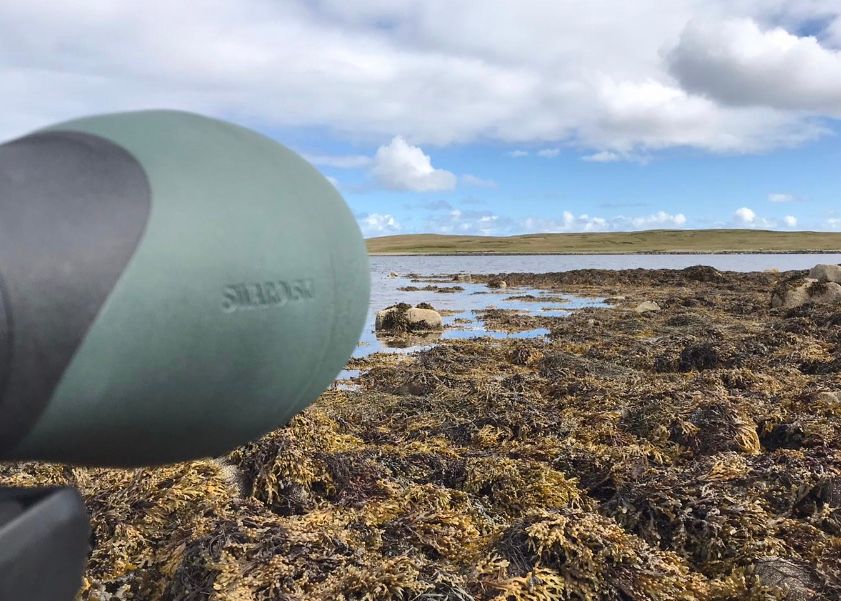
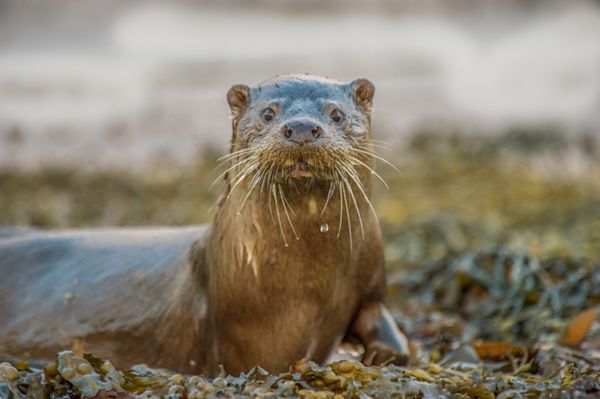
It is not long before I spot her through my binoculars. Swapping to use the 115-mm objective module, able to assess the smallest of detail I can identify her by the pale markings on her throat. All otters here are individually recognizable by the patterns on their throat, chin, or lips where they have a white marking - a birth mark one could say.
Thirdly: Make out those tiny but crucial details
Once on the shore I can see what I hoped I would see today, her rear flanks are heavy and hanging from her belly. This confirms she is lactating and so her infant cubs must be close by. Eventually throughout her foraging routine, she ends up at the side of bay I am watching from. By keeping a low profile and ensuring my scent is blowing away from her she ends up just meters from me- these moments are electrifying, being so close to such a shy animal is a total privilege. Once she appears to have satisfied her own appetite her behavior changes. The next catch she lands, instead of consuming she heads for the shore and continues up the beach and onto the bank where she slips into a dense bed of soft rush. This is further certainty she has young cubs. While she is still lactating, the mother begins to introduce her young to live prey. Small fish such as, butterfish, eelpout or rockling perhaps – carried all the way back to the holt or resting place and although today she keeps them hidden, this tells me what I came here today to find out.
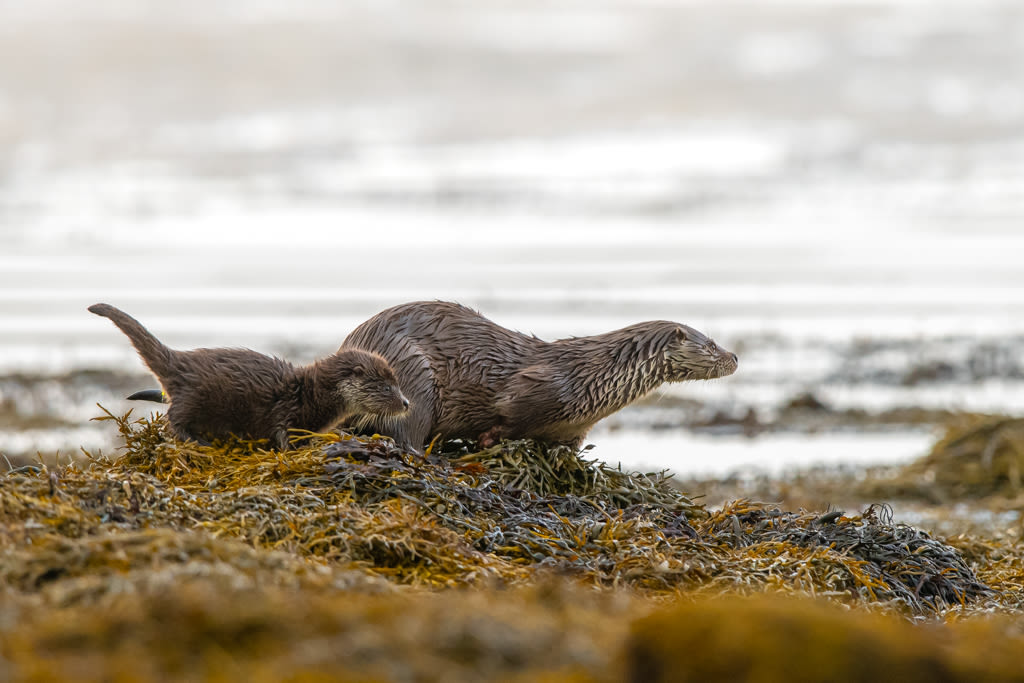
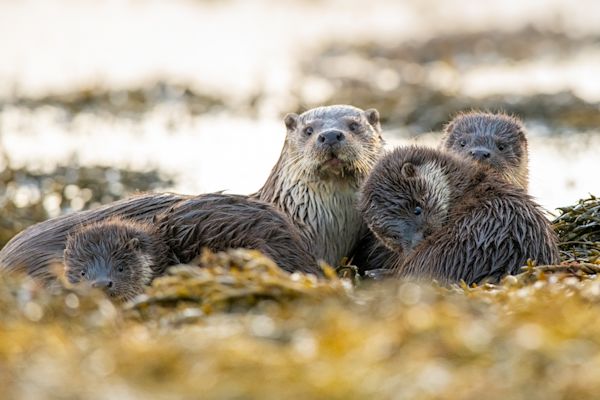
Last but not least:
Keep at it and enjoy being close to wildlife
Another few weeks later I return to see her with not one, not two but three adorable young cubs. They are barely three months old, still at that magnificent age before they have yet grown in ability and confidence in the water. With their infant pelts still not grown, they are too buoyant to dive even if they were bold enough to. This is the most special age and one of the highlights of the seasons that I spend with this very special species.
Keeping a close eye on the next generation of otters

Like I have with their mother here along this very shore, I look forward to following their story over the coming year that they will spend with her and indeed the years to come if they stay in their home range as she did.

About the author:
Brydon Thomason
is naturalist consultant, photographer, guide and birder. With a lifetime of knowledge of his Shetland Islands homeland he owns and operates Shetland Nature, a wildlife tour company that celebrates the archipelagos rich natural and cultural heritage. He has worked as a media consultant, and appeared on numerous television productions about the islands wildlife, particularly the islands otters, his life’s passion. He co-authored the acclaimed book 'Otters in Shetland- the tale of the draatsi' sharing the lives, ecology and behaviour of one of Europe’s most charismatic mammals. He also works as an ornithological and ecological surveyor and consultant.
